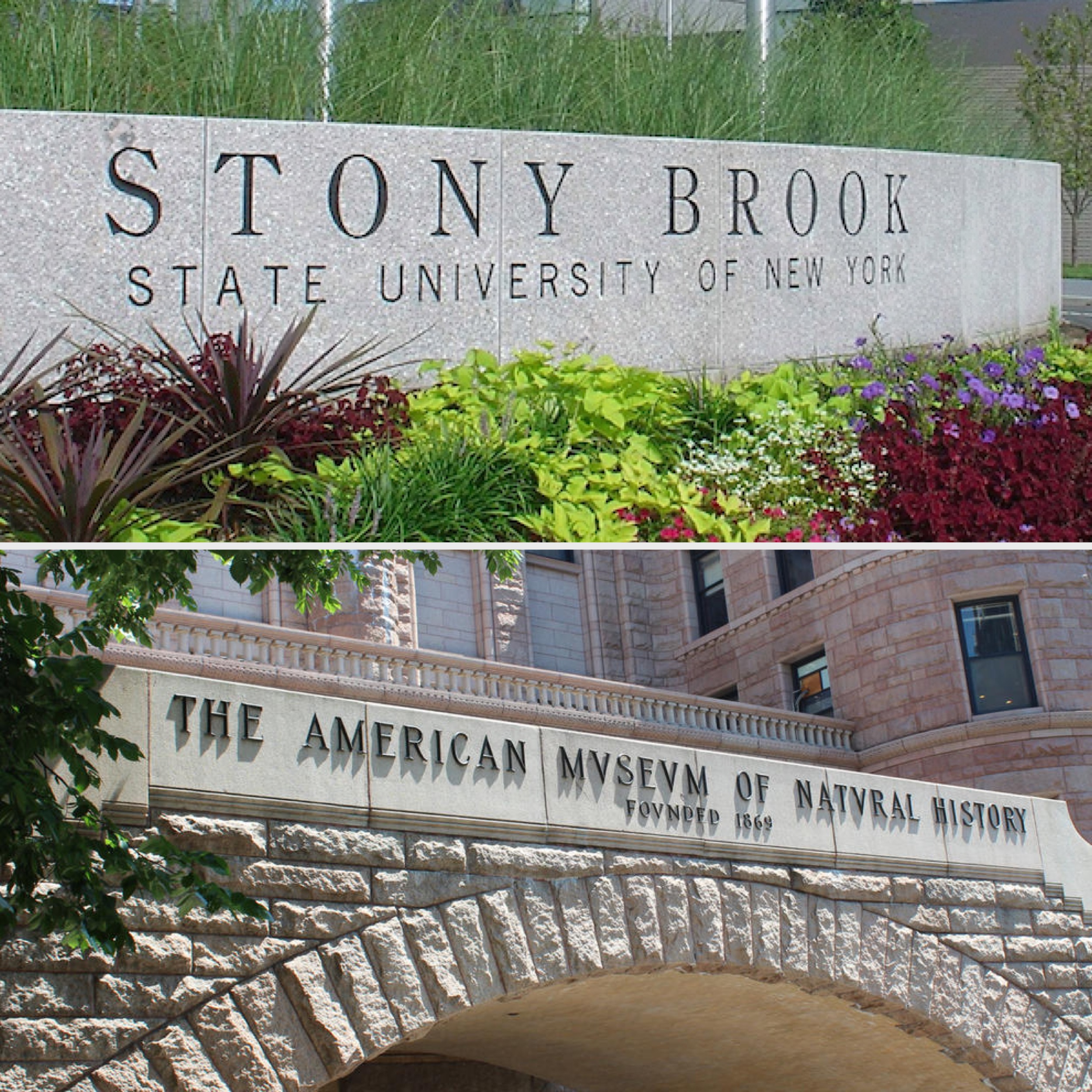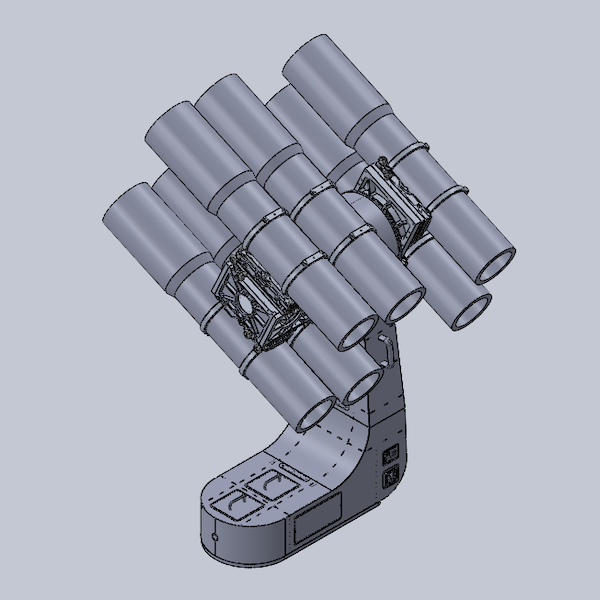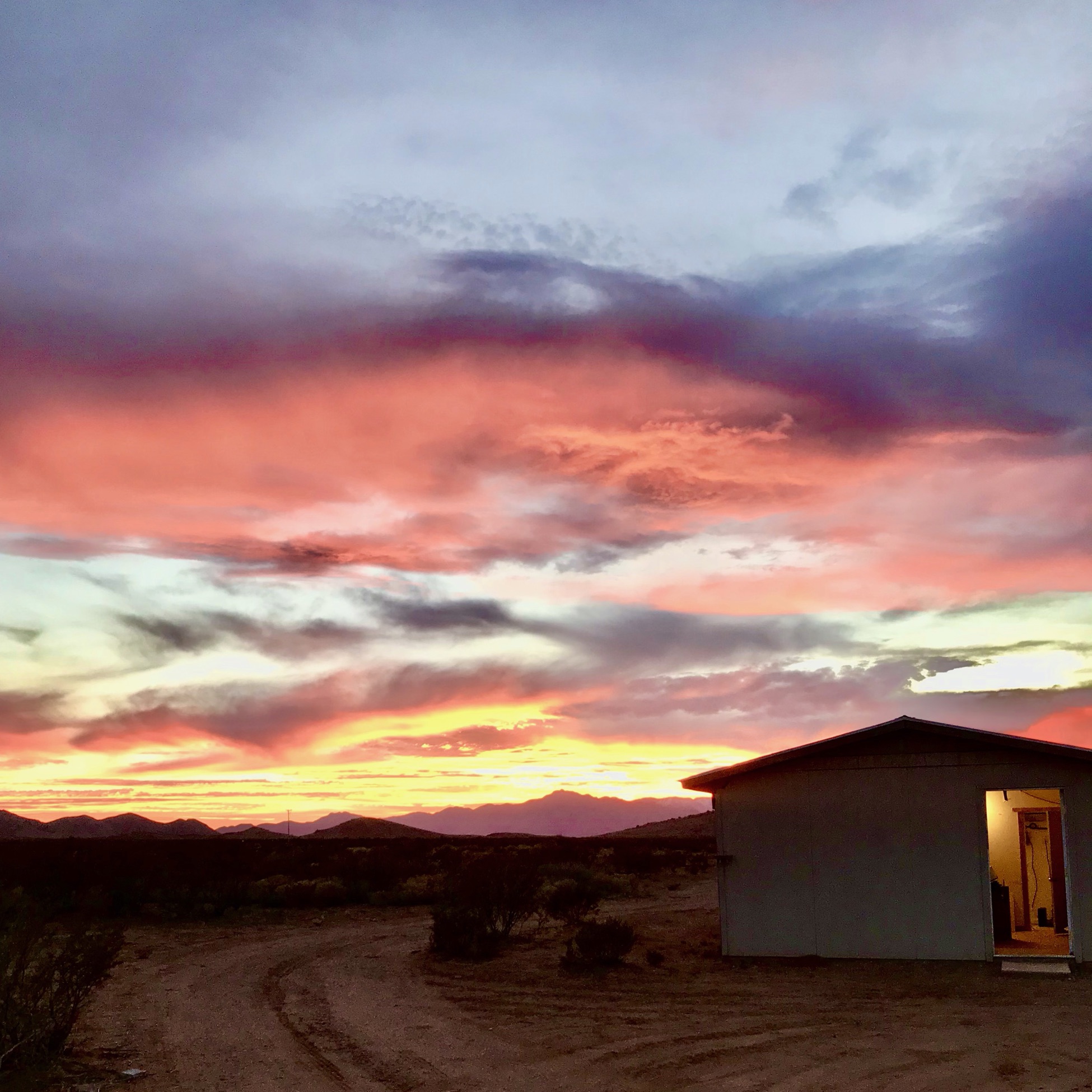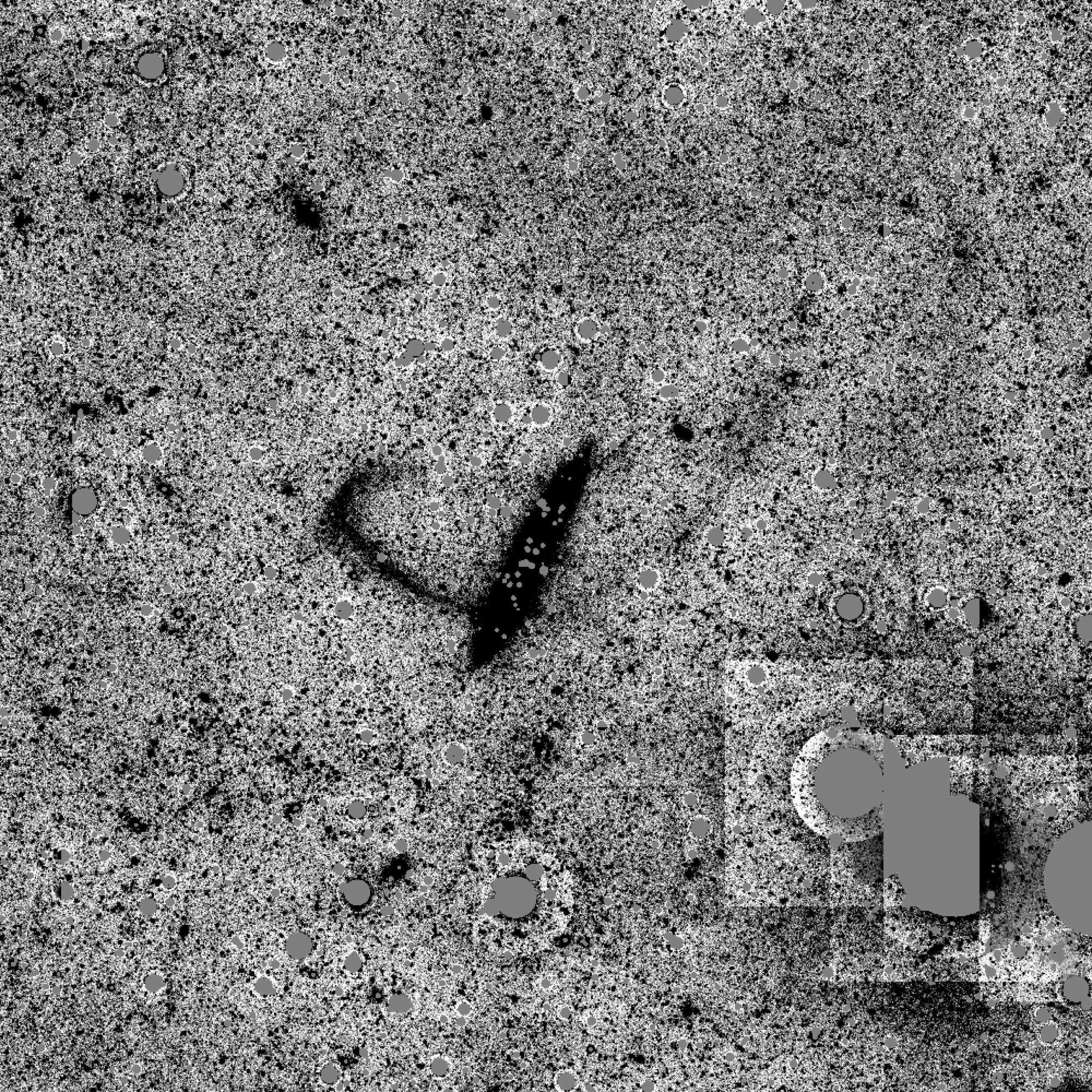Who?
The Condor Array Telescope is conceived, built, and operated by a project team consisting of faculty and students based in the Department of Physics and Astronomy of Stony Brook University in New York and at the American Museum of Natural History, together with their collaborators worldwide.
The project is funded by the Advanced Technologies and Instrumentation and Astronomy and Astrophysics programs of the National Science Foundation and involves various manufacturing partners across the United States and abroad.


What?
Condor is an array telescope made up of six 180 mm-diameter refracting telescopes—each equipped with a focal-reducing field corrector, large-format CMOS camera, motorized filter wheel, and motorized focuser—attached to a common remote-controlled mount.
The telescope is optimized for detecting both extended, low-surface-brightness features and point sources and is capable of efficiently imaging regions of the sky at a very rapid cadence of 60 s (or even less) while remaining sky-noise limited.
Where?
Condor is located at the Dark Sky New Mexico observatory in the southwest corner of New Mexico, near the town of Animas.
The Dark Sky New Mexico observatory is situated roughly midway between (and more than 200 km from either) Tucson, Arizona and El Paso, Texas, not far from the Arizona and Mexico borders. The site is very remote and enjoys some of the darkest skies in the continental United States and indeed in the entire world.

When?
Condor was awarded funding by the Advanced Technologies and Instrumentation program of the National Science Foundation in the late summer of 2019. Construction of the telescope was delayed due to Covid-19, but Condor was eventually deployed to the Dark Sky New Mexico observatory in the early winter of 2020 and the spring of 2021, and over the subsequent months, the instrument was commissioned, calibrated, and tested.
Condor is now in routine operation, autonomously collecting science observations every clear night.
Why?
The research objectives of the project include studying (1) the low-surface-brightness outer regions of the Milky Way, the Large and Small Magellanic Clouds, and other nearby and distant galaxies, (2) transiting planets, gravitational microlensing events, and stars at a very rapid cadence, and (3) the faint and extended ejecta of explosive and massive stars.
The education and public outreach objectives of the project include executing a far-reaching broader impacts program, which includes allocating observation time to faculty and students at historically black colleges and universities.


How?
Condor integrates research, education, and public outreach using a new software infrastructure known as Elastic Cloud Astronomy that allows access to the telescope to be shared in a very flexible way, on a per-observation or a per-hour basis via a "credit" system.
The project implements advanced scheduling, control, and analysis methods using a variety of state-of-the-art computing and information technologies, including operations research tools and cloud-based computing, storage, and archiving.
Latest Posts
NSF Condor Fellowship Announcement
Condor First Light
Useful Links
Contact Us
OBSERVATORY
Dark Sky New Mexico, Animas, NM
HEADQUARTERS
Stony Brook University
